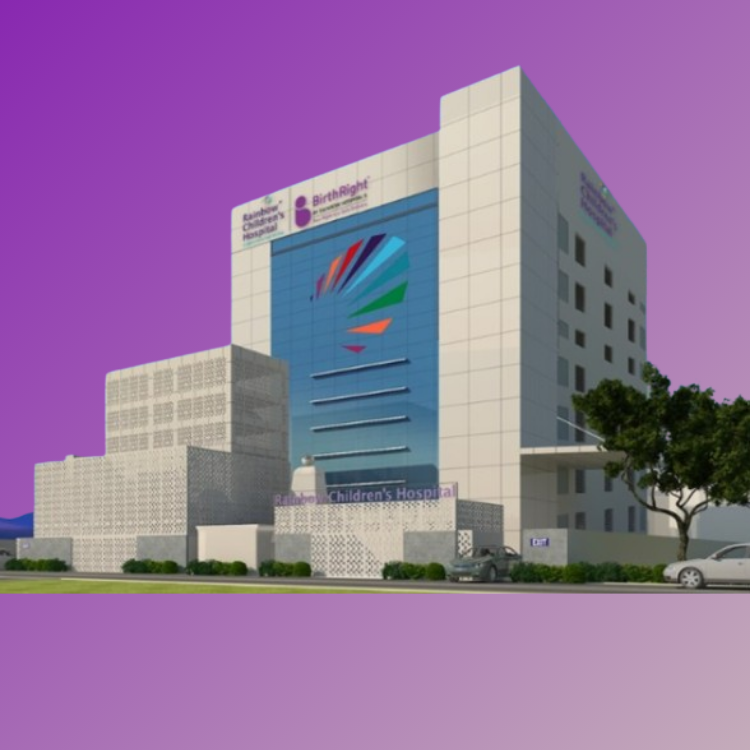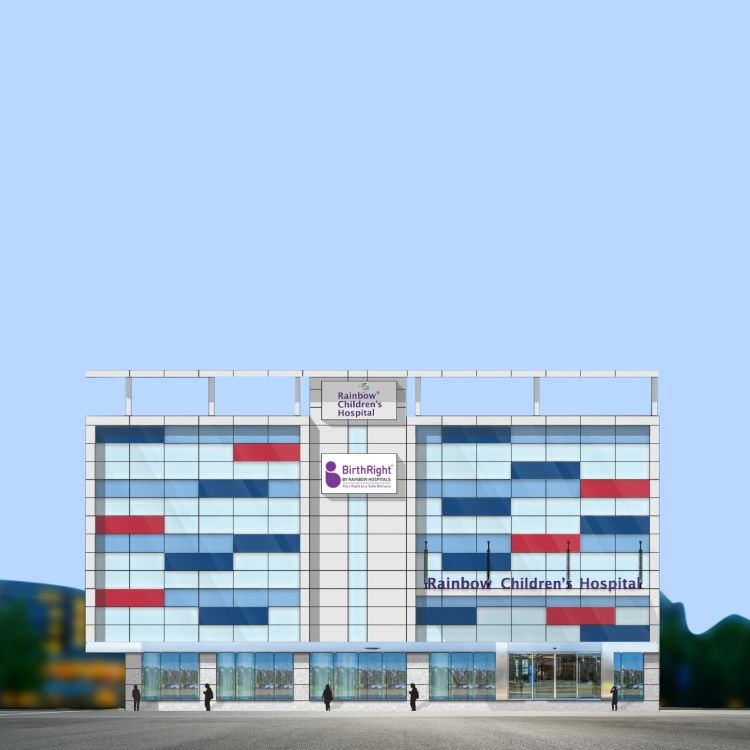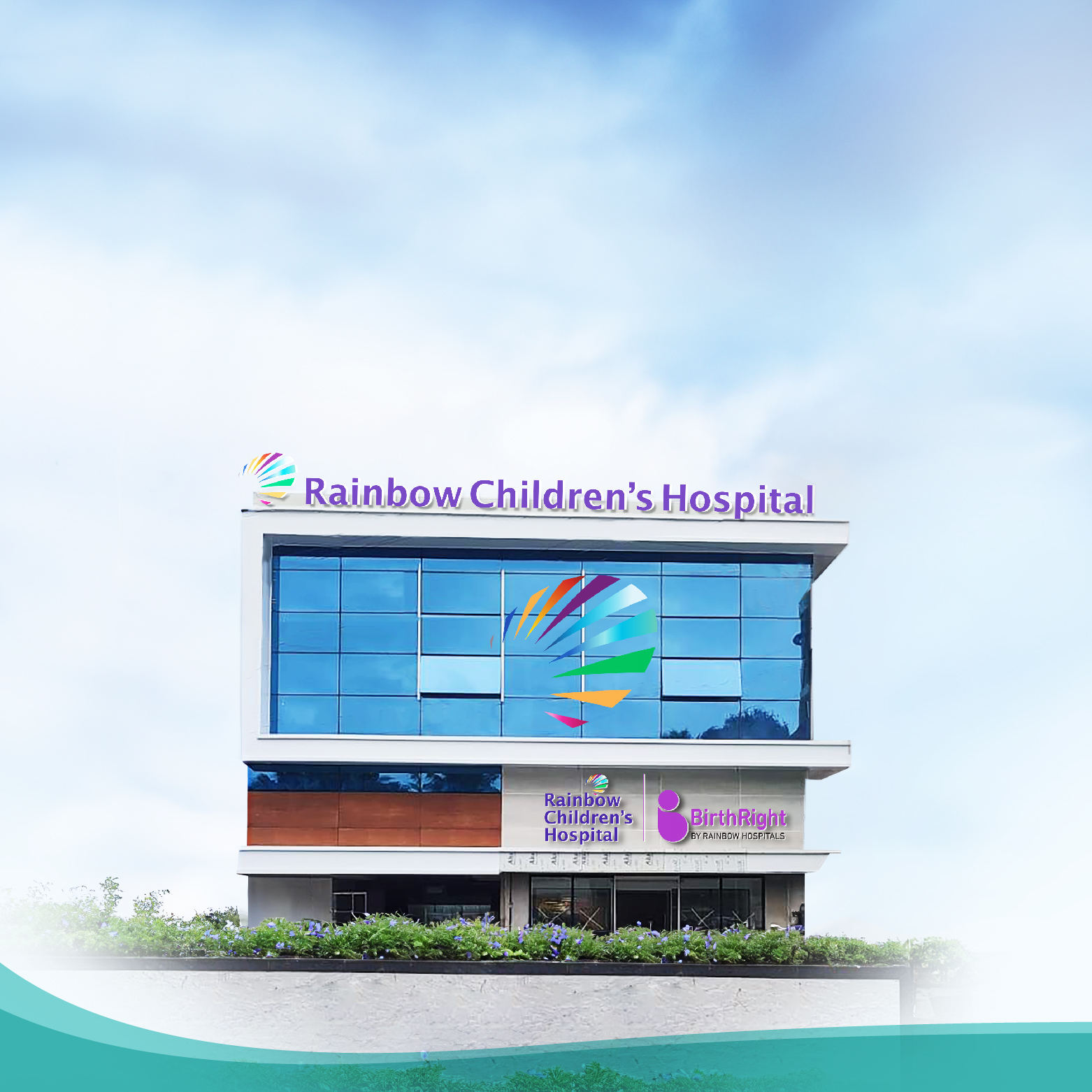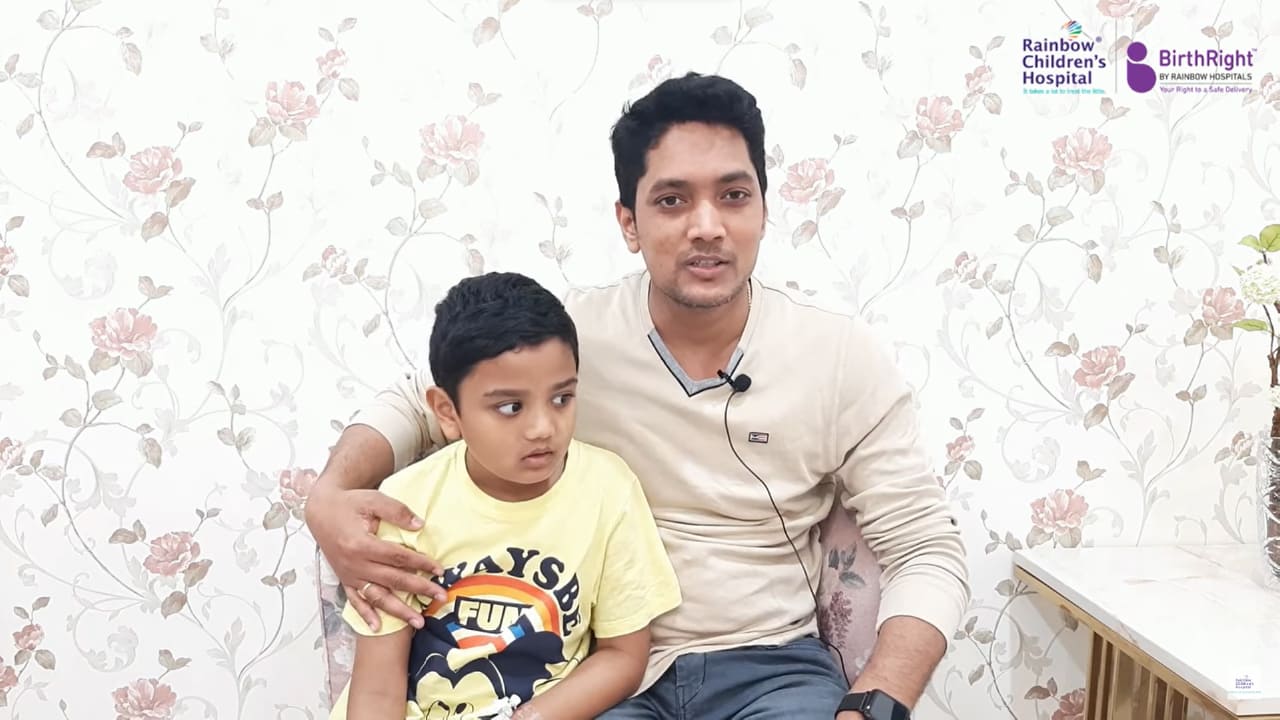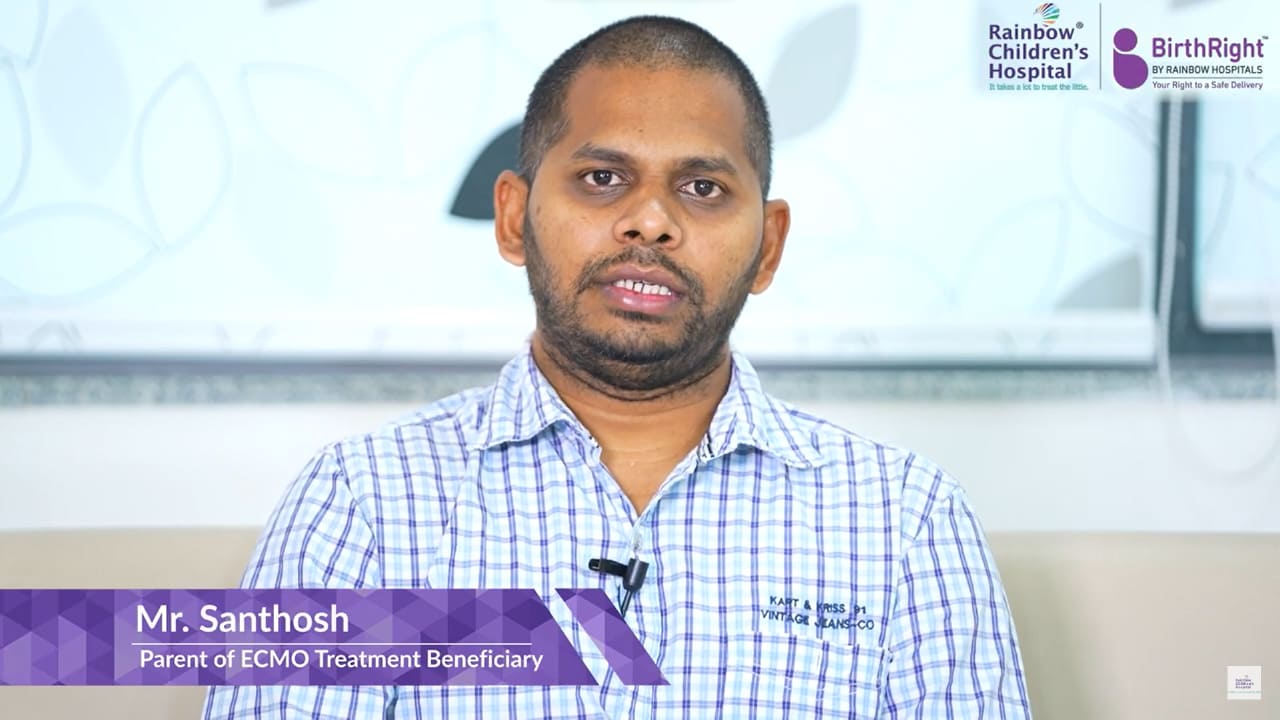Seamless support from diagnosis to post treatment care
Brachial Plexus Nerve Surgery
Overview
The brachial plexus is a bundle of nerves that originates in the neck region of the spinal cord and creates a network that connects to the nerves in the shoulder, arm and hand. It controls function and sensation in the wrist, arms, and hands. Injuries to this network can result in partial or complete loss of function and feeling, leading to significant disability and numbness in the arm and hand.
Brachial plexus injuries happen when these nerves are stretched or torn away from the spinal cord. These may occur during child birth, trauma, tumor, inflammation, athletic injury, or compression.
In extreme cases, brachial plexus injury can leave the arm paralyzed, but physiotherapy and surgery may help.
Symptoms
Common symptoms of brachial plexus nerve injuries include:
- Numbness and weakness in the wrist, arm or shoulder.
- Unable to move the shoulder, arm, wrist or hand.
- An arm that hangs limply.
- Severe and sudden pain in the shoulder or arm.
Diagnosis
To know how serious your brachial plexus injury is, you may need one or more of the following tests:
- Physical exam to assess muscle strength, sensation, and functional limitations.
- X-ray of the shoulder and arm area to rule out fractures or other injuries.
- Electrophysiological tests such as Nerve Conduction Studies (NCS) and Electromyography (EMG)
- MRI scan to visualize injury to nerves of the brachial plexus.
Treatment
The goal of the brachial plexus nerve injury treatment is to restore lost function, manage pain, and prevent long-term disability. While, in mild cases, conservative treatment options such as medications, physical therapy, and regular monitoring may help, however, in severe injuries, especially the ones that fail to heal on their own, patients may require surgery to repair the damage.
The surgical approach is tailored to the type and extent of injury and may include one of the following procedures:
- Nerve repair in case of torn nerves injured by sharp objects.
- Neurolysis, a procedure that involves removal of scar tissue from the injured nerve to improve function.
- Nerve transfer to create a framework for new growth by attaching a less important but functional nerve to the damaged nerve.
- Nerve graft, where a healthy nerve from another part of the body is connected to two ends of a separated nerve.
Postoperative Care and Rehabilitation:
- Regular follow-up post surgery.
- A gradual return to regular activities.
- Comprehensive rehabilitation program combining physiotherapy, occupational therapy, and neuromuscular retraining to strengthen muscles and restore joint mobility.
Why Choose Us?
- Highly experienced team of pediatric neurosurgeons specialize in nerve surgeries
- Multidisciplinary team works closely with neurosurgeons, neurologists and orthopedic surgeons.
- Child-centric compassionate approach inspires us to create a child-friendly environment that helps young patients feel at ease throughout their treatment journey.
- Rehabilitation approach includes well-trained physiotherapists and rehabilitation specialists to provide a complete spectrum of spine care.
- 24/7 Emergency Care ensures immediate and expert intervention when needed.

Find a Doctor
Expertise you can trust, Meet our esteemed doctors who bring exceptional knowledge, compassion, and innovation to provide top-notch care for your health and well-being.
Our Hospitals and ClinicsOur Hospitals and Clinics
Rainbow Children's Hospital stands as a testament to the hospital's continual pursuit of excellence and innovation, providing specialized care for women and children.
Request a Call back
Tap to Fill FormRequest a Call back
Blogs
Discover our most recent health articles provided by our reliable experts.
What Are People Saying About Us
Embark on a journey of inspiration and hope with our patient success stories, complemented by informative videos from our dedicated doctors.
Quick Links
- Best Pediatric Neurosurgeons in Hyderabad
- Best Pediatric Neurosurgeon In Bangalore
- Pediatric Neurosurgeon in Delhi
- Pediatric Neurosurgeons in Chennai
- Best Pediatric Neurosurgeon in Vijayawada
- Best Pediatric Neurosurgeon in Vizag
- Best Pediatric Neurosurgeon in Hyder Nagar
- Best Pediatric Neurosurgeon in Marathahalli
- Best Pediatric Neurosurgeons in Guindy
- Best Pediatric Neurosurgeons in Currency Nagar
- Best Pediatric Neurosureon in Banjarahills
- Top Pediatric Neurosurgeons in India
- Spina Bifida in Children, Hyderabad
- Spinal Cord Injury in Children, Hyderabad
- Arachnoid Cysts in Children, Hyderabad
- Chiari Malformation in Children, Hyderabad
- Glioblastoma Multiforme in Children, Hyderabad
- Intraventricular Hemorrhage in Children, Hyderabad
- Deep Brain Stimulation in Children, Hyderabad
- Oligodendroglioma in Children, Hyderabad
- Pilocytic Astrocytoma in Children, Hyderabad
- Skeletal Dysplasia in Children, Hyderabad
- Laser Ablation in Children, Hyderabad
- Radiosurgery in Children, Hyderabad
- Tethered Spinal Cord in Children, Hyderabad
- Cavernous Malformations in Children, Hyderabad
- Dysembryoplastic Neuroepithelial Tumor in Children, Hyderabad
- Selective Dorsal Rhizotomy in Children, Hyderabad
- Pial Synangiosis in Children, Hyderabad
- Metopic Synostosis Trigonocephaly in Children, Hyderabad
- Primitive Neuroectodermal Tumors (PNET) in Children, Hyderabad
- Vein of Galen Malformation (VOGM) in Children, Hyderabad
- Intraoperative magnetic resonance imaging (iMRI) in Children, Hyderabad
- Spina Bifida in Children, Bengaluru
- Spinal Cord Injury in Children, Bengaluru
- Arachnoid Cysts in Children, Bengaluru
- Chiari Malformation in Children, Bengaluru
- Glioblastoma Multiforme in Children, Bengaluru
- Intraventricular Hemorrhage in Children, Bengaluru
- Deep Brain Stimulation in Children, Bengaluru
- Oligodendroglioma in Children, Bengaluru
- Pilocytic Astrocytoma in Children, Bengaluru
- Skeletal Dysplasia in Children, Bengaluru
- Laser Ablation in Children, Bengaluru
- Radiosurgery in Children, Bengaluru
- Tethered Spinal Cord in Children, Bengaluru
- Cavernous Malformations in Children, Bengaluru
- Dysembryoplastic Neuroepithelial Tumor in Children, Bengaluru
- Selective Dorsal Rhizotomy in Children, Bengaluru
- Pial Synangiosis in Children, Bengaluru
- Metopic Synostosis Trigonocephaly in Children, Bengaluru
- Primitive Neuroectodermal Tumors (PNET) in Children, Bengaluru
- Vein of Galen Malformation (VOGM) in Children, Bengaluru
- Intraoperative magnetic resonance imaging (iMRI) in Children, Bengaluru
- Spina Bifida in Children, Delhi
- Spinal Cord Injury in Children, Delhi
- Arachnoid Cysts in Children, Delhi
- Chiari Malformation in Children, Delhi
- Glioblastoma Multiforme in Children, Delhi
- Intraventricular Hemorrhage in Children, Delhi
- Deep Brain Stimulation in Children, Delhi
- Oligodendroglioma in Children, Delhi
- Pilocytic Astrocytoma in Children, Delhi
- Skeletal Dysplasia in Children, Delhi
- Laser Ablation in Children, Delhi
- Radiosurgery in Children, Delhi
- Tethered Spinal Cord in Children, Delhi
- Cavernous Malformations in Children, Delhi
- Dysembryoplastic Neuroepithelial Tumor in Children, Delhi
- Selective Dorsal Rhizotomy in Children, Delhi
- Pial Synangiosis in Children, Delhi
- Metopic Synostosis Trigonocephaly in Children, Delhi
- Primitive Neuroectodermal Tumors (PNET) in Children, Delhi
- Vein of Galen Malformation (VOGM) in Children, Delhi
- Intraoperative magnetic resonance imaging (iMRI) in Children, Delhi
- Spina Bifida in Children, Chennai
- Spinal Cord Injury in Children, Chennai
- Arachnoid Cysts in Children, Chennai
- Chiari Malformation in Children, Chennai
- Glioblastoma Multiforme in Children, Chennai
- Intraventricular Hemorrhage in Children, Chennai
- Deep Brain Stimulation in Children, Chennai
- Oligodendroglioma in Children, Chennai
- Pilocytic Astrocytoma in Children, Chennai
- Skeletal Dysplasia in Children, Chennai
- Laser Ablation in Children, Chennai
- Radiosurgery in Children, Chennai
- Tethered Spinal Cord in Children, Chennai
- Cavernous Malformations in Children, Chennai
- Dysembryoplastic Neuroepithelial Tumor in Children, Chennai
- Selective Dorsal Rhizotomy in Children, Chennai
- Pial Synangiosis in Children, Chennai
- Metopic Synostosis Trigonocephaly in Children, Chennai
- Primitive Neuroectodermal Tumors (PNET) in Children, Chennai
- Vein of Galen Malformation (VOGM) in Children, Chennai
- Intraoperative magnetic resonance imaging (iMRI) in Children, Chennai
- Spina Bifida in Children, Vijayawada
- Spinal Cord Injury in Children, Vijayawada
- Arachnoid Cysts in Children, Vijayawada
- Chiari Malformation in Children, Vijayawada
- Glioblastoma Multiforme in Children, Vijayawada
- Intraventricular Hemorrhage in Children, Vijayawada
- Deep Brain Stimulation in Children, Vijayawada
- Oligodendroglioma in Children, Vijayawada
- Pilocytic Astrocytoma in Children, Vijayawada
- Skeletal Dysplasia in Children, Vijayawada
- Laser Ablation in Children, Vijayawada
- Radiosurgery in Children, Vijayawada
- Tethered Spinal Cord in Children, Vijayawada
- Cavernous Malformations in Children, Vijayawada
- Dysembryoplastic Neuroepithelial Tumor in Children, Vijayawada
- Selective Dorsal Rhizotomy in Children, Vijayawada
- Pial Synangiosis in Children, Vijayawada
- Metopic Synostosis Trigonocephaly in Children, Vijayawada
- Primitive Neuroectodermal Tumors (PNET) in Children, Vijayawada
- Vein of Galen Malformation (VOGM) in Children, Vijayawada
- Intraoperative magnetic resonance imaging (iMRI) in Children, Vijayawada
- spina-bifida-in-children-vizag
- spinal-cord-injury-in-children-vizag
- arachnoid-cysts-in-children-vizag
- chiari-malformation-in-children-vizag
- glioblastoma-multiforme-in-children-vizag
- intraventricular-hemorrhage-in-children-vizag
- deep-brain-stimulation-in-children-vizag
- oligodendroglioma-in-children-vizag
- pilocytic-astrocytoma-in-children-vizag
- skeletal-dysplasia-in-children-vizag
- laser-ablation-in-children-vizag









